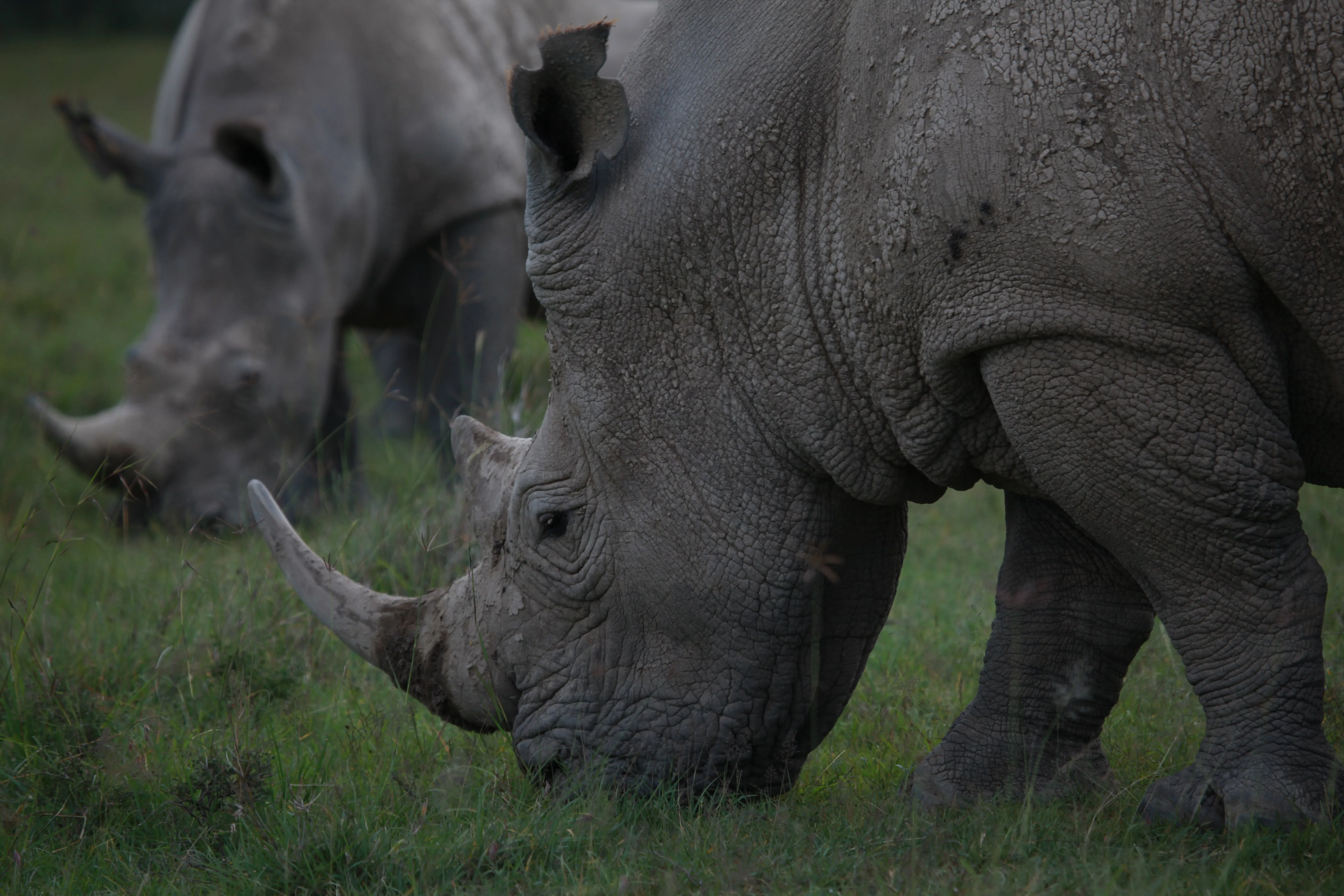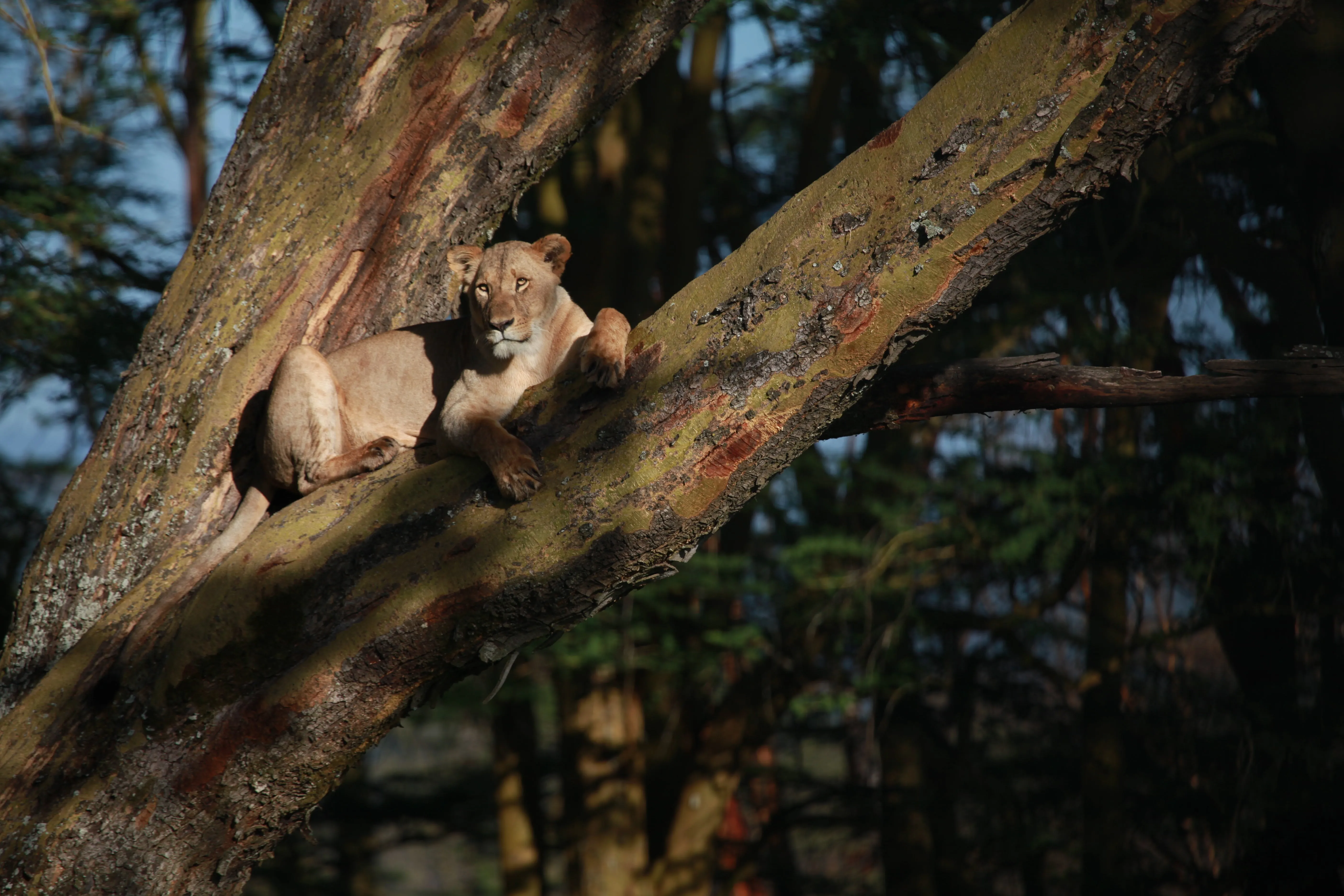Breakthrough in Wildlife Conservation: Extinct Species Revived
The story of extinct species coming back from the dead might sound like science fiction, but recent breakthroughs in wildlife conservation have brought us closer to this reality than ever before. As someone who has always been passionate about the natural world, these developments fill me with hope for our planet's future.

A Love for Nature
A Childhood Connection
From my earliest memories, I've had a deep connection with nature. Growing up, my family's weekends were often spent hiking through forests, observing wildlife, and learning about the delicate balance of our ecosystems.
The Natural World as a Teacher
Nature was my first teacher. It taught me about resilience, diversity, and the intricate web of life that sustains our planet. It instilled in me a sense of responsibility to protect the environment.
The Crisis of Extinction
A Heartbreaking Reality
As I delved deeper into the world of conservation, I couldn't ignore the heartbreaking reality of species extinction. The loss of iconic creatures like the dodo and the Tasmanian tiger weighed heavily on my heart.
The Human Impact
It became evident that human activities, such as habitat destruction and poaching, were driving species to the brink of extinction at an alarming rate. I felt a growing urgency to find solutions.
The Promise of De-Extinction
A Glimmer of Hope
In recent years, a groundbreaking concept known as de-extinction has emerged. It involves using advanced genetic techniques to resurrect extinct species, giving them a second chance at life on our planet.
The Science Behind It
De-extinction relies on genetic engineering and cloning technologies. By piecing together the DNA of extinct species from preserved specimens and using surrogates from related species, scientists are inching closer to bringing these creatures back to life.
Success Stories
The Pyrenean Ibex
One of the most remarkable success stories in de-extinction is that of the Pyrenean ibex. In 2003, this subspecies of wild goat was declared extinct. But through the use of cloning, scientists managed to bring it back in 2009. Although the cloned ibex lived for only a few minutes due to lung complications, it marked a historic achievement.
The Passenger Pigeon
Efforts are also underway to revive the passenger pigeon, a bird that once darkened the skies of North America but was driven to extinction in the early 20th century. Scientists are painstakingly working to recreate its genome, with hopes of eventually releasing these birds back into the wild.
Ethical Dilemmas
Playing God?
While de-extinction offers hope for resurrecting lost species, it also raises ethical questions. Critics argue that we may be playing "God" by tampering with the natural order. Others worry that limited resources might be better spent on conserving endangered species.
The Balance
As I grapple with these dilemmas, I'm reminded of the delicate balance between our desire to right past wrongs and the need to protect existing ecosystems. It's a fine line to walk, and it requires careful consideration.
The Future of Conservation
A New Tool in the Toolkit
De-extinction is not a panacea for the ongoing biodiversity crisis, but it does represent a new tool in the conservation toolkit. It underscores the importance of preventing species from reaching the brink of extinction in the first place.
Hope for the Future
As I look to the future, I can't help but feel hopeful. The idea that we can correct some of the mistakes of the past and give extinct species a second chance at life is awe-inspiring. It's a testament to human innovation and our capacity for positive change.

A Call to Action
Our Role in Conservation
The story of de-extinction reminds us that we have a critical role to play in conservation. Whether it's supporting organizations dedicated to protecting endangered species or advocating for policies that preserve natural habitats, every action counts.
A Shared Responsibility
We hold the fate of countless species in our hands. The breakthroughs in wildlife conservation, including the possibility of reviving extinct species, should inspire us to take our responsibility to the planet seriously.
In conclusion, the breakthroughs in wildlife conservation, particularly the concept of de-extinction, offer a glimmer of hope in the face of the ongoing biodiversity crisis. While it raises ethical questions and challenges, it also demonstrates our capacity to innovate and find solutions to the challenges we've created.
As stewards of this planet, it's our duty to ensure that the beauty and diversity of the natural world endure for generations to come. Let us continue to be inspired by the wonders of nature and work tirelessly to protect it.

No comments:
Post a Comment